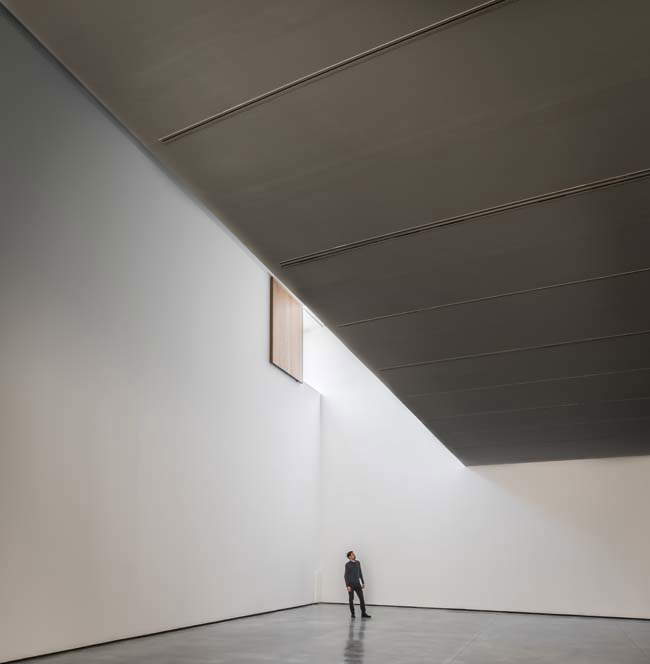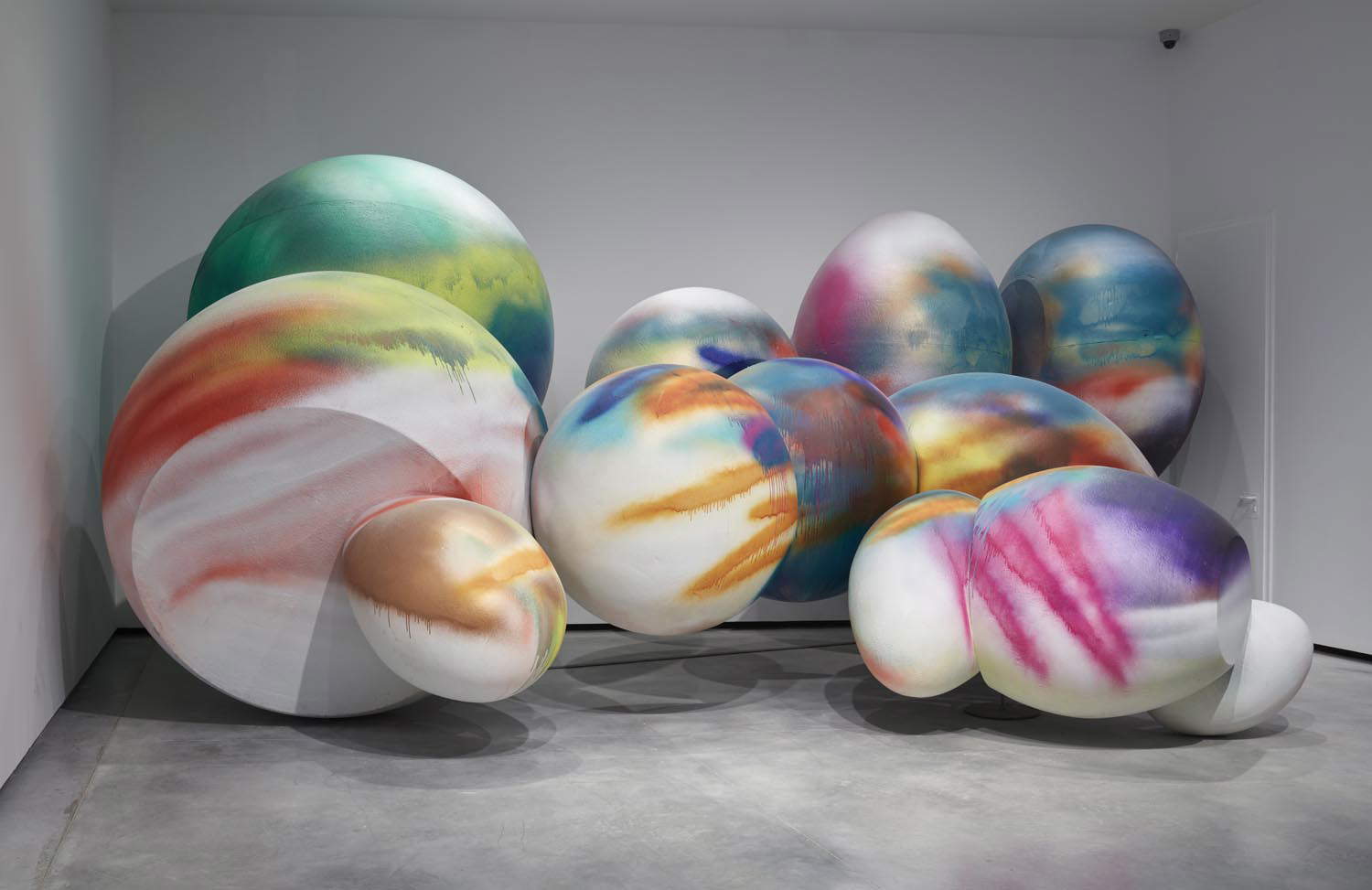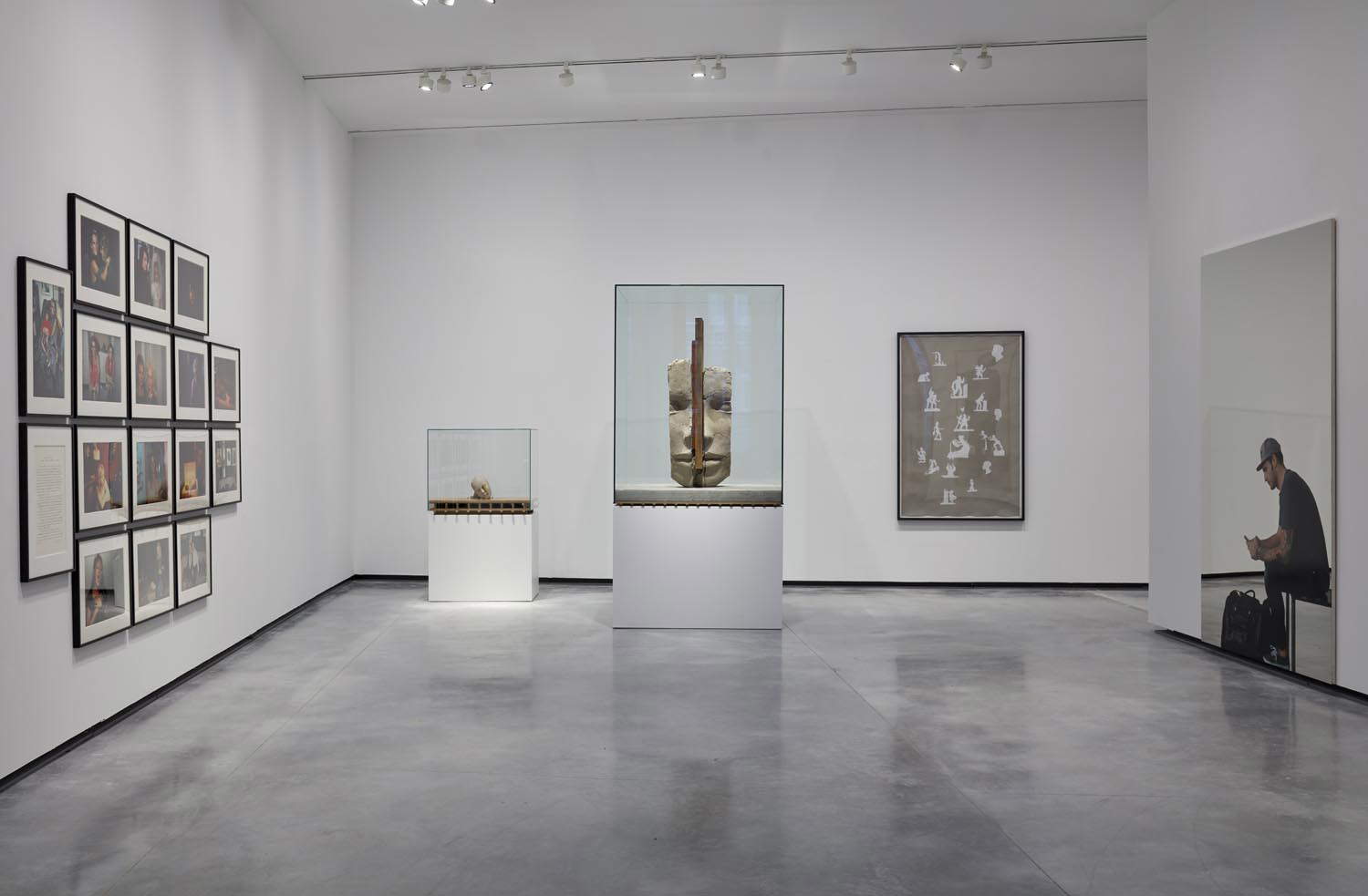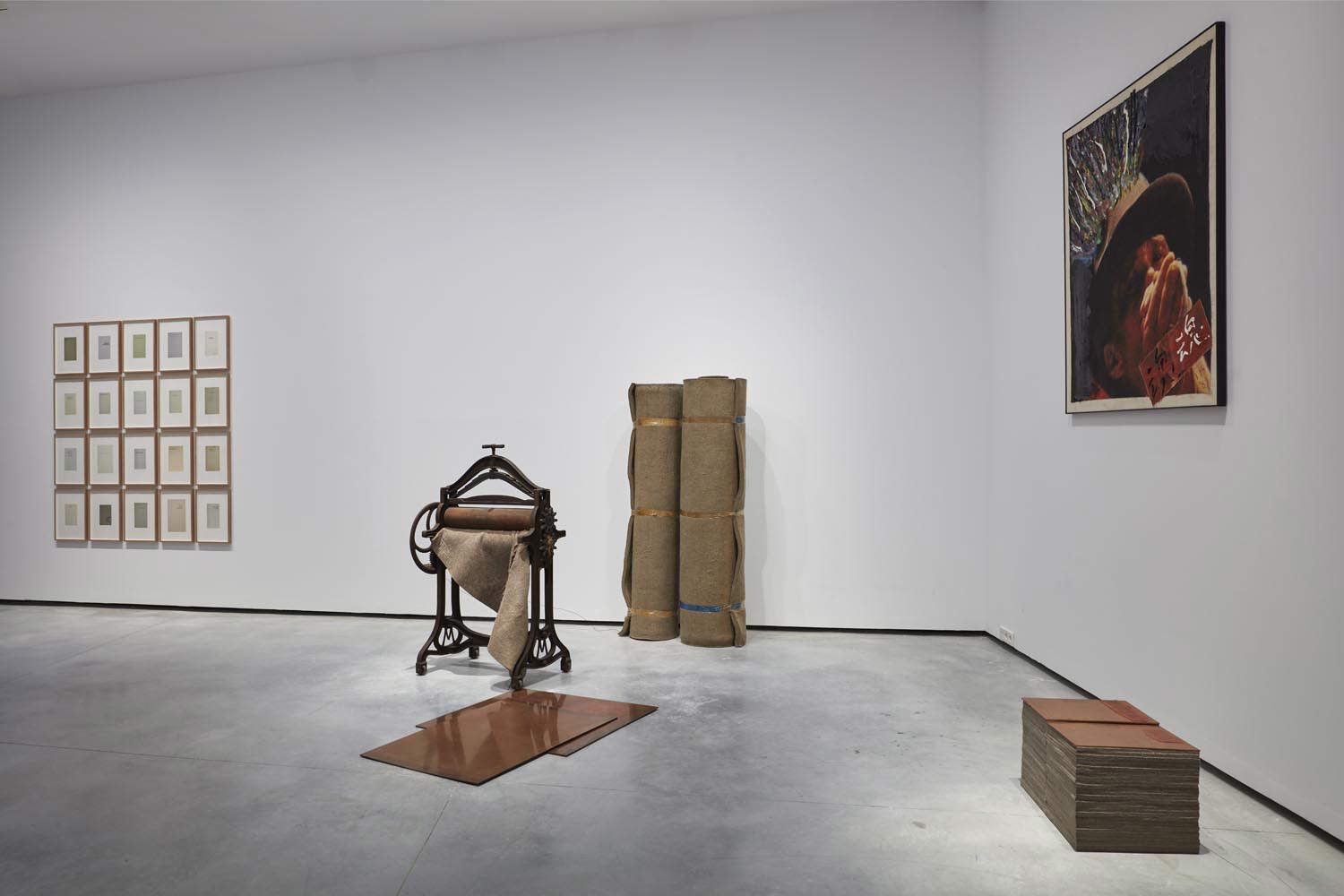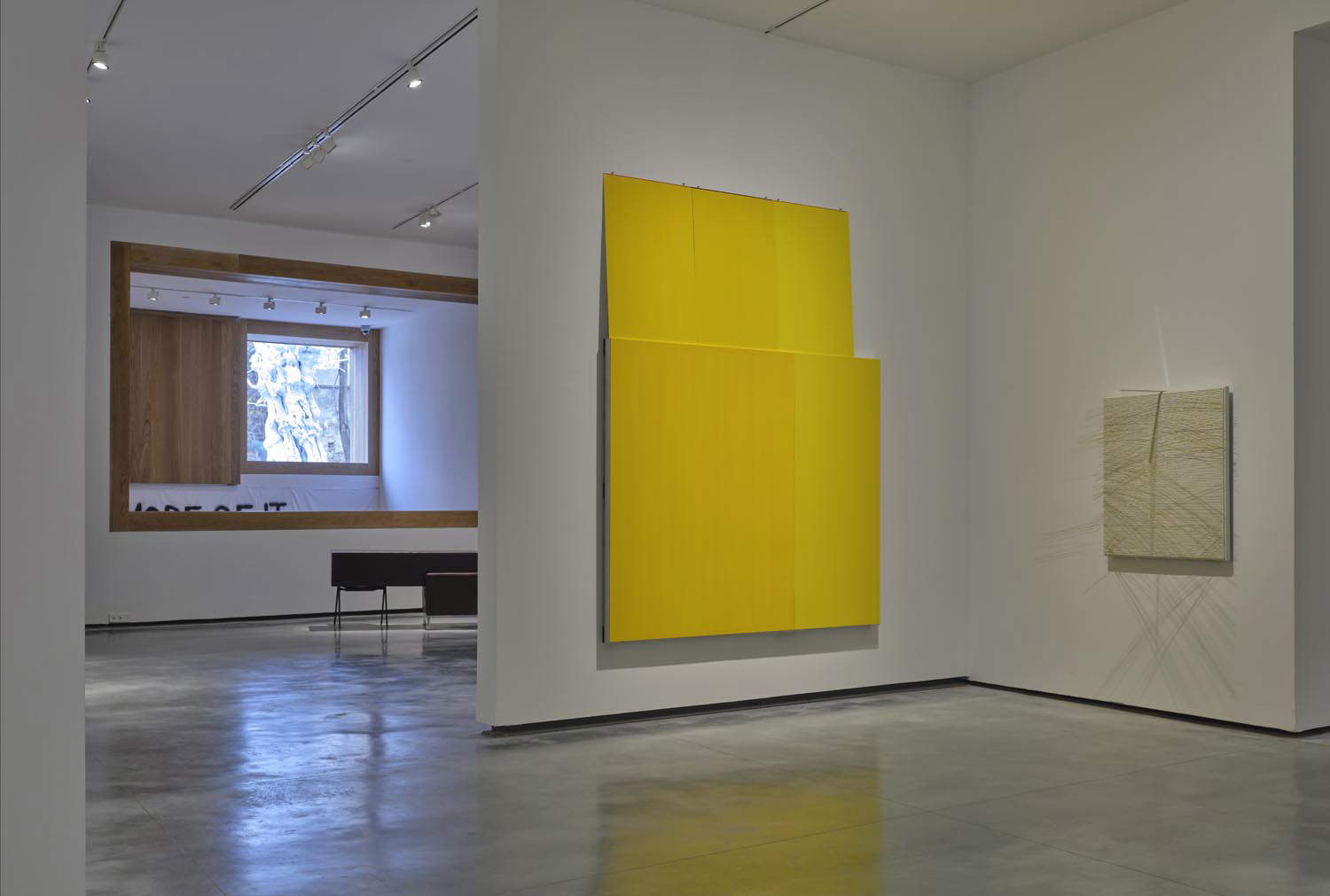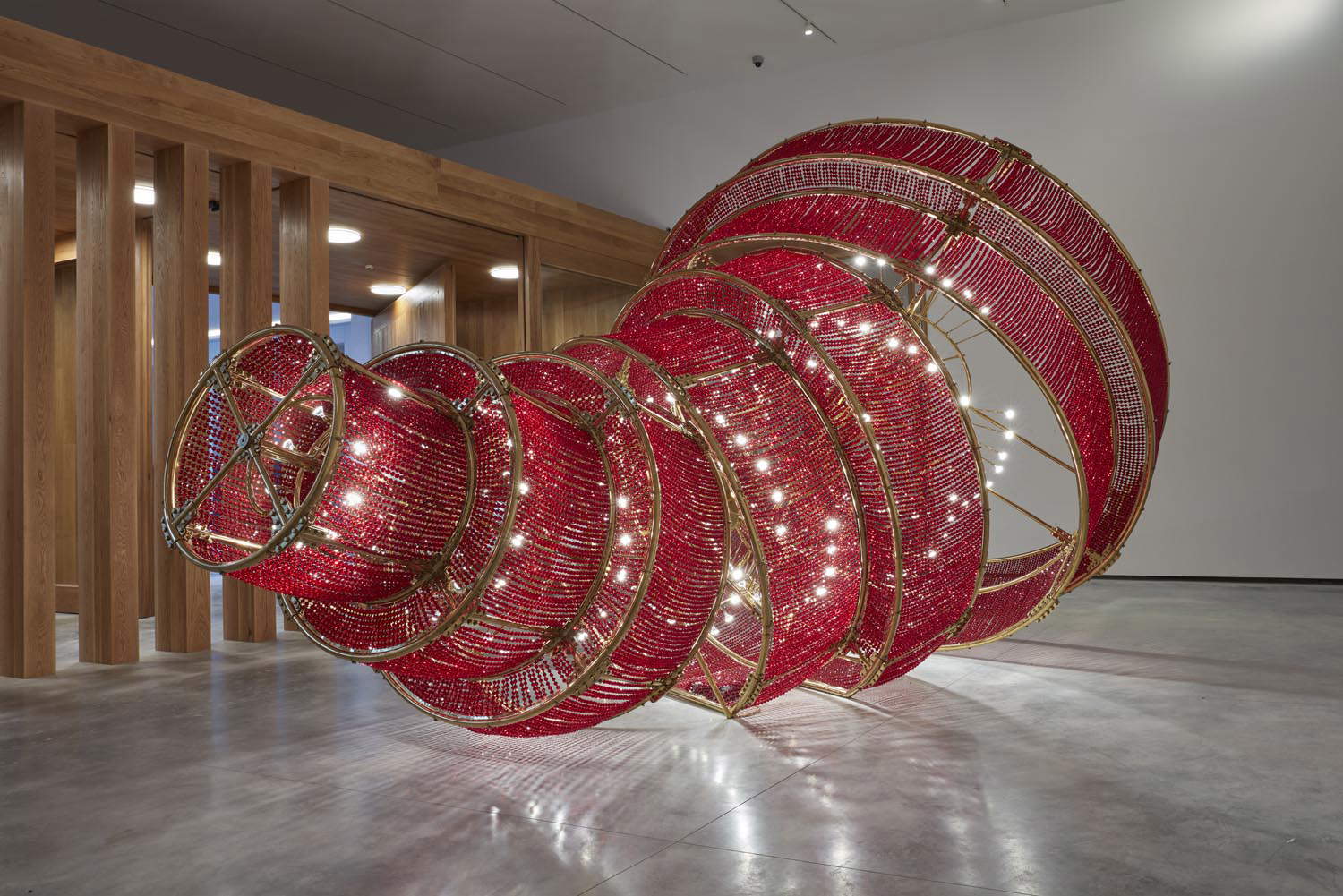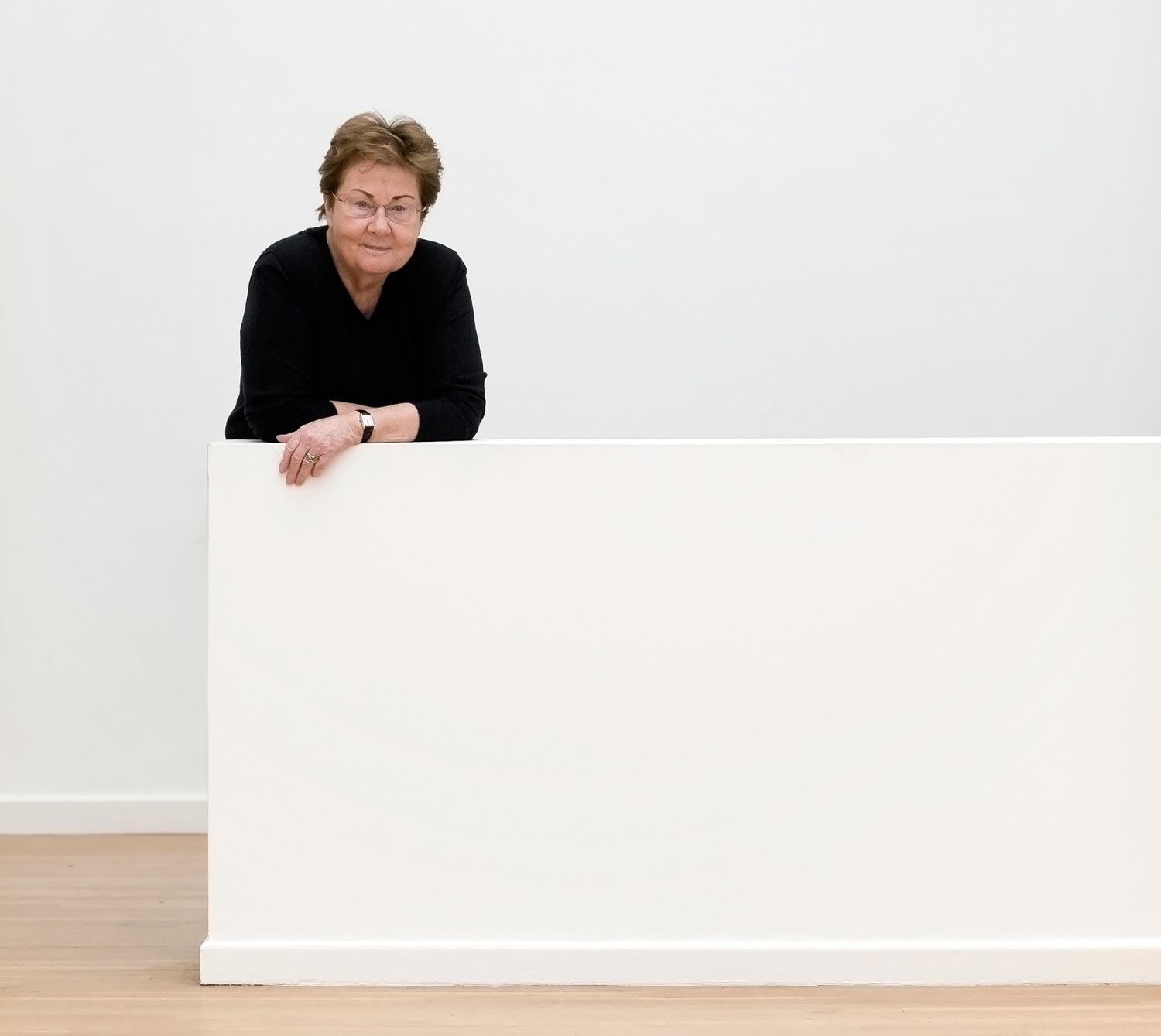by Redazione , published on 28/02/2021
Categories: Museums
/ Disclaimer
From Goya, Kandinsky and Picasso to Nan Goldin, Baselitz, Kentridge and Ai Weiwei. In Spain, in Cáceres, inaugurated the expansion of the Museo de Arte Contemporáneo Helga de Alvear, which has now become among the largest in the country.
In Spain, in Cáceres, a city of about 100,000 inhabitants in Extremadura, not far from the border with Portugal, a new museum has opened that can already be considered among the most important in the country in terms ofcontemporary art. It is the expansion of the Museo de Arte Contemporáneo Helga de Alvear, which stems from the donation that the great Hispanic-German merchant and collector Helga de Alvear, founder of ARCOMadrid (Spain’s most important art fair) made to the region: a collection of three thousand works that De Alvear collected over forty years and donated entirely to Extremadura, which now opens it to the public in a specially designed building. For the collector, it is a project that continues the one undertaken since 2010, when the Helga de Alvear Foundation, established in 2006, opened its first museum in an elegant 1910 mansion designed by architect Francisco de la Pezuela y Ramírez (the “Casa Grande”), also in Cáceres, in the historic center, exhibiting a selection of the collection to the public. The new museum is an expansion of the previous one.
It was inaugurated last February 11 by an exhibition featuring some must-see pieces from the collection (150 in all, making up 5 percent of the collection that Helga de Alvear donated to the institute). An exhibition that, the museum explains, “unveils the character of the Helga de Alvear Collection and makes explicit, like a manifesto, the museum’s vocation for the plurality of experiences in art. The itinerary offers a view of a part of contemporary creativity through which it is possible to understand the idiosyncrasies of our present.” The exhibition is curated by José María Viñuela, president of Fundación Helga de Alvear and curator of the collection.
 |
| The new museum |
 |
| The Casa Grande |
The building
In contrast, the new building was constructed starting in 2015 and required a ten million euro investment, covered in part by the collector and in part by the Ministry of Culture, Tourism and Sports of the Autonomous Community of Extremadura. It is a modern building, which looks like a white block, conceived by the architectural firm Tuñón Arquitectos, and in particular by Luis Mansilla (who passed away in 2012) and Emilio Tuñón Alvarez. The project, which is moreover a candidate for the Mies Prize 2022, intends to create a kind of past and future, both in terms of the collection (in fact, the new museum was built right behind the previous one, to which it will therefore be united in a single path), and for the city, since the new museum is located in a border area between the historic center and the modern city. “Both buildings,” said architect Emilio Tuñón, “are similar and at the same time different in shape and size, complementary in volume and different in construction and image. But together they constitute the new image of Cáceres.”
Tuñón, with the new building (four floors for an area of eight thousand square meters), wanted to “build a simple volume, formally and constructively, establishing a dialogue with the Casa Grande.” The new museum also offers new opportunities: the possibility of opening an auditorium, the possibility of reorganizing the spaces of the Casa Grande, which will see some rooms transformed into areas for contemporary exhibitions, and then again the old building will house a Documentation Center and an area designated for educational services. In addition, a focal point of the project is the pedestrian walkway, open to all, that through the museum connects the historic center with the modern area. For the museum, it is also about creating a versatile and valuable cultural attractor for the city of Cáceres, which is now endowed with a building that already wants to be iconic and recognizable.
 |
| The new museum |
 |
| The new museum |
 |
| The new museum |
 |
| The new museum |
The new museum
The arrangement of the rooms on the four floors of the museum followed very orderly but also flexible criteria, the institute points out. The first of the four floors houses the rooms intended for public reception as well as a large room, twice as high as the others, in which large works are displayed. The second floor, on the other hand, sees two large halls, one of which is connected to the institute’s garden, while the other is connected to an external corridor that leads visitors to the Casa Grande. The large rooms on the second and third floors will accommodate most of the exhibition space.
What works, however, does the collection accommodate? There are many of the biggest names in contemporary art: works by artists such as Franciesco Goya, Vasilij Kandinsky, Pablo Picasso, László Moholy-Nagy, Victor Vasarely, Michelangelo Pistoletto, Joseph Beuys, Nam June Paik, Louise Bourgeois, William Kentridge, Georg Baselitz, Nan Goldin, Jenny Holzer, Cy Twombly, Philippe Parreno, Santiago Sierra, Kara Walker, Tomás Saraceno, Ai Weiwei, Ettore Spalletti, Ugo Rondinone, and Danh Vö. There are works by about 500 artists in all. The inaugural exhibition, which occupies all four floors of the museum on an exhibition area of three thousand square meters, aims “to offer the possibility,” the institute explains, “to admire large-scale sculptures and installations, as well as paintings, photographs, drawings and video installations by more than 100 different artists. Artists who come from 26 different countries, with a preponderant presence of Spanish (about one-third), American and European artists, but also with many works from other parts of the world (for example, from Vietnam, Venezuela, South Africa or South Korea, to Hungary, Brazil or Switzerland), to generate new constellations in the ever-changing firmament of current events. Now that borders place limits on our mobility, the muse proposes an oasis for the reunion of physically distant geographies, leaving it in the hands of the visitor to find possible connections, ideas and forms in common that dissolve the importance of origin.” Sixty percent of the works in the exhibition are from the past two decades (50 of them were made between 2011 and 2020).
 |
| Set up of the inaugural exhibition. Ph. Credit Joaquín Cortés |
 |
| Katharina Grosse’s Faux Rocks. Ph. Credit Joaquín Cortés |
 |
| Nan Goldin - Mark Manders - Kara Walker - Michelangelo Pistoletto. Ph. Credit Joaquín Cortés |
 |
| Daniel G. Andújar - Joseph Beuys - Nam June Paik. Ph. Credit Joaquín Cortés |
 |
| Imi Knoebel - Jesús Rafael Soto. Ph. Credit Joaquín Cortés. |
 |
| Ai Weiwei. Ph. Credit Joaquín Cortés. |
 |
| José Luis Alexanco - Liam Gillick - Ángel Duarte. Ph. Credit Joaquín Cortés |
Who is Helga de Alvear
Born Helga Müller Schätzel in 1936 in Kirn-Nahe, Germany, she studied between Lausanne, Geneva and London before moving to Spain in 1957 to study the language, and from then on she would not move from the country: in fact, she met architect Jaime de Alvear and married him two years later (her three daughters María, Ana and Patricia would be born from the marriage), settling in Madrid. In 1967 she met gallery owner Juana Mordó and began working in the art world, starting in Mordó’s own gallery, which she took over as director in 1984 after her colleague’s death. Meanwhile, in 1982, she had been, as mentioned above, among the founders of ARCOMadrid. In 1995, she decided to open a gallery of her own, Galería Helga de Alvear, of which she is still the director today.
In 2006, she established the Foundation named after her to manage her large collection. She has received numerous awards: in 2007 the Medalla de Extremadura, in 2008 the Medalla de Oro al Mérito en las Bellas Artes granted by the Spanish Ministry of Culture, in 2011 the Medalla de Cáceres, and in 2012 the prize for best collector as part of the Premio de la Fundación Arte y Mecenazgo.
“I am interested in contemporary art,” Helga de Alvear said in a note, “because it speaks to us about our time and about ourselves, because it creates and develops a language that can explain, in new ways, the world in which we happen to live and of which we often only discover the surface.”
 |
| Helga de Alvear. Ph. Credit Luis Asín |
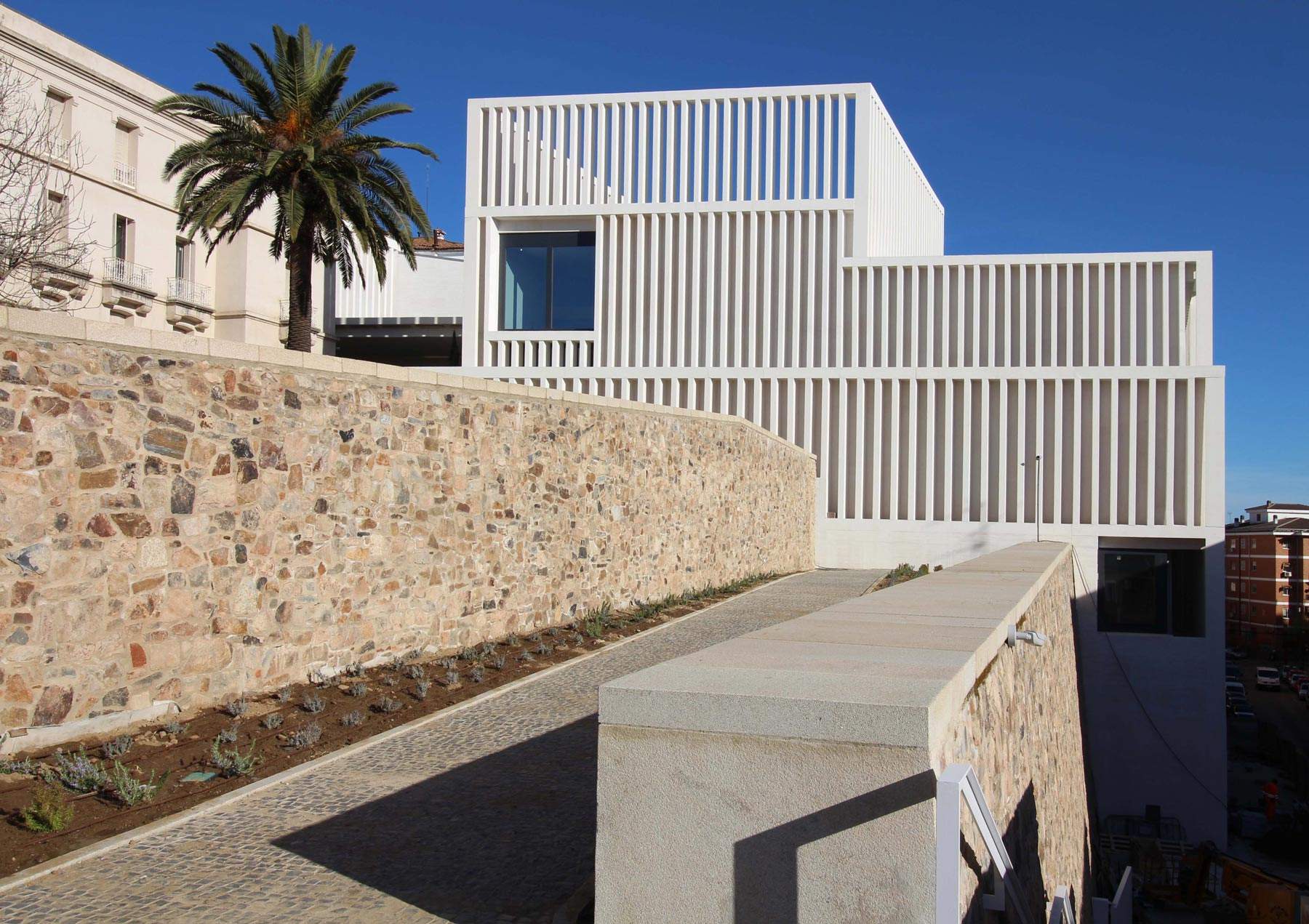 |
| Major new contemporary art museum opens in Spain, featuring works from Goya to Ai Weiwei |
Warning: the translation into English of the original Italian article was created using automatic tools.
We undertake to review all articles, but we do not guarantee the total absence of inaccuracies in the translation due to the program. You can
find the original by clicking on the ITA button. If you find any mistake,please contact us.





